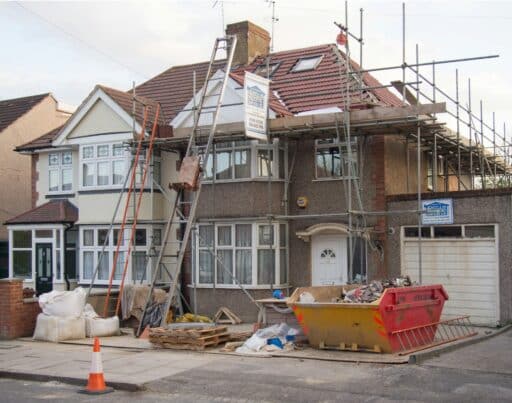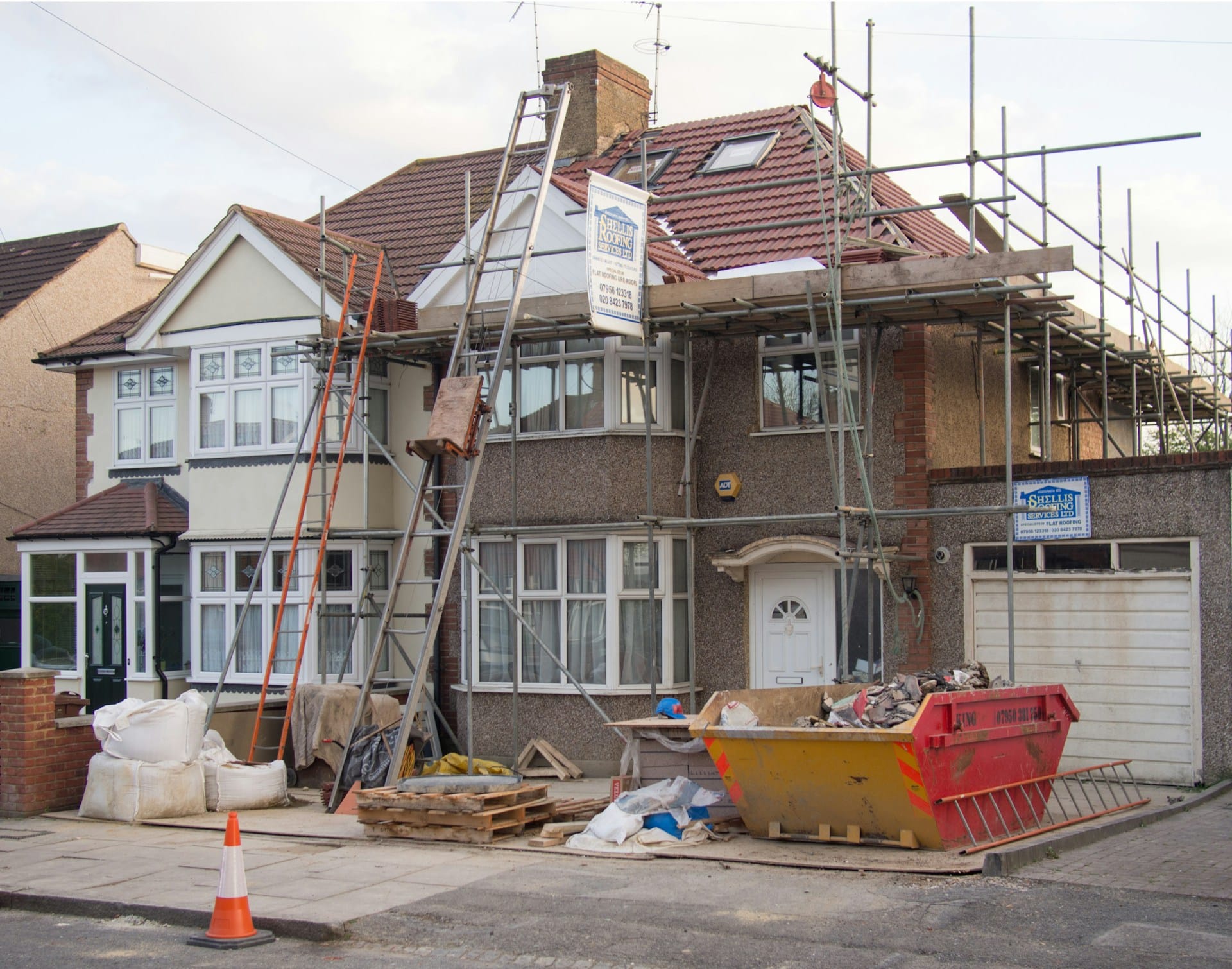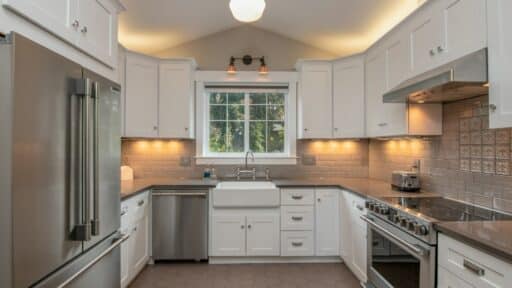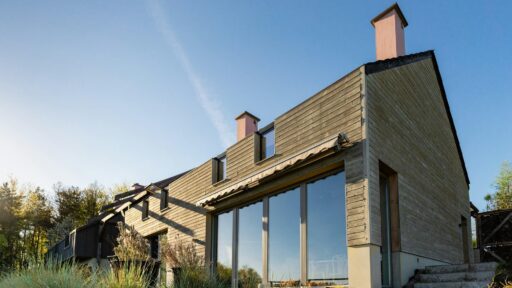If you’ve been dreaming about giving your home a fresh look or a high-tech upgrade, 2026 might just be your year. The world of home improvement is evolving faster than ever—driven by sustainability, artificial intelligence, and a new generation of design-savvy homeowners who want spaces that reflect both personality and purpose. Whether it’s your kitchen, backyard, or digital thermostat, home transformation is no longer just about aesthetics—it’s about lifestyle.
And while most of us focus on making our homes more efficient and beautiful, sometimes a little entertainment break can recharge your creativity. Check out Winna.com for thrilling games and rewarding bonuses if you’re looking for a fun escape between renovation plans.
The Smart Home Revolution Reaches Its Peak
By 2026, smart home technology isn’t just for tech enthusiasts—it’s becoming a mainstream expectation. Voice-activated lighting, AI-driven temperature control, and energy management systems that learn your habits are setting new standards for comfort and efficiency. Companies like Google and Amazon continue to innovate, but smaller startups are now creating affordable smart devices that integrate seamlessly without complex installations.
Homeowners are prioritizing interconnectivity—where your blinds, thermostat, and even coffee maker communicate with each other. In 2026, your home could automatically adjust the lighting to your mood or remind you to water your plants. It’s not science fiction anymore—it’s just smart living.
Sustainable Living Takes Center Stage
Eco-friendly renovation is no longer a niche trend; it’s the new baseline. With climate awareness stronger than ever, homeowners are choosing materials and systems that minimize waste and maximize longevity. Expect to see a surge in:
- Recycled construction materials, including reclaimed wood and eco-cement.
- Solar-integrated roofing that blends design with renewable energy.
- Smart water systems that track usage and detect leaks automatically.
The demand for sustainability is also driving innovation in modular and prefab homes—structures that can be built off-site, producing up to 80% less waste. By 2026, eco-conscious consumers will be able to create personalized spaces without sacrificing their environmental values.
Design Meets Digital: Virtual Renovations and AI Inspiration
Artificial intelligence is transforming the design phase of home improvement. Want to visualize how your living room would look with a Scandinavian aesthetic or a Mediterranean vibe? AI-powered platforms now allow users to “try on” styles in real time using augmented reality.
In 2026, expect AI design assistants to become household staples. These tools can recommend layouts, furniture, and color schemes based on your existing décor and personal preferences. The result? Professional-level design made accessible to everyone—no interior designer required.
Beyond visualization, AI is also reshaping the shopping experience. Imagine an app that scans your home, identifies outdated appliances, and recommends replacements that fit your style, budget, and energy goals. It’s customization without the guesswork.
Wellness-Centered Spaces Take Priority
The pandemic-era focus on wellness hasn’t faded—it’s evolved. Modern homeowners now see their spaces as sanctuaries for physical and mental well-being. Features like air purifiers, circadian lighting, and acoustic insulation are becoming standard in renovations.
In 2026, the emphasis on biophilic design—bringing nature indoors—will dominate. Living walls, indoor herb gardens, and natural light optimization are trending for their ability to improve mood and boost productivity. Even home offices are being reimagined as calming, green spaces that promote balance rather than burnout.
The Rise of DIY Tech and Accessible Renovation
Home improvement used to mean hiring professionals for everything, but in 2026, technology is empowering homeowners to take charge. From 3D printing custom furniture parts to AI-guided DIY tutorials, the barriers between creativity and construction are dissolving.
Smartphone apps can now scan a broken cabinet hinge and guide you through fixing it step by step using AR overlays. This blend of tech and practicality makes home improvement less intimidating—and far more rewarding.
According to a recent analysis by Forbes Home, the global home renovation market is expected to grow significantly through 2026, with sustainability and smart automation driving most of that expansion.
Looking Ahead: Homes That Evolve With You
Perhaps the most exciting part of the 2026 home improvement landscape is flexibility. Homes are no longer static structures—they’re adaptive environments that grow, change, and evolve with your life. From modular furniture that reconfigures to suit your needs to predictive systems that anticipate maintenance before something breaks, the future of home improvement is all about proactive comfort.
So whether you’re planning a major remodel or just a few small upgrades, the message is clear: the home of tomorrow is sustainable, intelligent, and deeply personal. And as technology continues to merge with design, 2026 promises to be a landmark year for redefining what “home sweet home” truly means.








